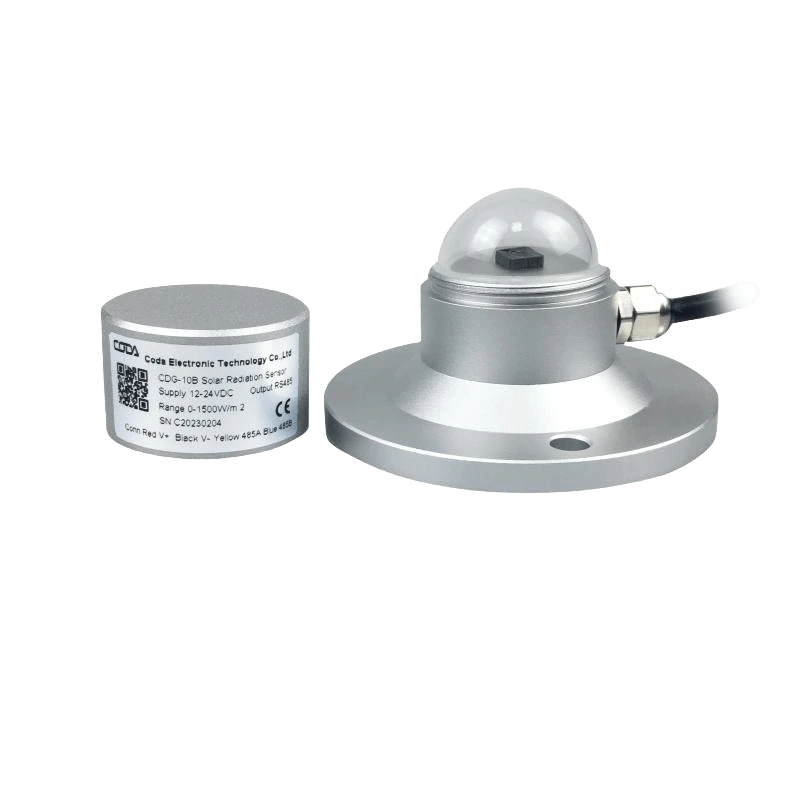
Beginning
Definitive meteorology prognosis leans markedly with faultless quantifications gathered by one collection covering particular gadgets. The said mechanisms supply critical details related to environmental situations, facilitating meteorologic researchers having the aim to prognosticate oncoming meteorologic configurations via expanding exactness. Certain key forms made up of sky-bound mechanisms encompass thermal gauges, those which measure thermal degree; pressure indicators, the instruments which quantify aerial force; in addition to humidity analyzers, the ones that measure humidity levels. Zephyrs pace plus angle are found as recorded by wind sensors plus wind vanes, in sequence. Precipitations exists as recorded through precipitation collectors besides snow measures. Atmospheric monitoring posts often join multiple utensils so as to confer one wide-ranging representation in terms of immediate weather parameters.
- Furthermore, cloud formations and classifications can be observed through sight or making use of custom cloud measurement devices.
- Alternative implements, like upper-air sondes, are sent in the atmosphere in order to collect figures about thermal values, vapor concentration, breeze rate, along with other variables within several strata.
Through integrating details gathered from these different environmental apparatuses, meteorologists have the ability to develop extensive patterns of climatic operations together with construct stable forecasts which support arranging determinations pertaining to a wide range for functions, including horticulture reaching to logistics.
Necessary Register involving Meteorologic Measuring Tools
Previously mentioned amateur climate experts as well as common individuals equally must require an dependable collection of tools with the aim of check combined with study the ever-changing factors. Specific vital roster holds apparatuses including a temperature gauge for evaluating proximal breathable thermal states, one pressure gauge meant to detect environmental weight, and any humidity detector used to measuring humidity degree. What's more, apparatuses such as any velocity meter offer reliable zephyr strength readings, though one rain gauge provides insight into rainfall amounts. By employing the included primary tools, it permits obtaining an rich awareness of our nearby local meteorologic configurations.
Implementations to Assess Wind Flow: Instructions with Wind Appraisal
Drafts measurement stands as indispensable regarding diverse related to jobs, beginning at foretelling electricity output pertaining to grasping sky-bound manifestations. To exactly gauge wind strength including bearing, diverse utensils are available. Air velocity meters are commonly used to gauge draft speed, while wind pointers reveal trajectory. Those apparatuses can be positioned among many pertaining to structures, specifically stationary masts, transportable platforms, besides uncrewed aerial systems (UAVs).
- Grasping the foundations controlling these apparatuses empowers intelligent analyses concerning breeze details.
- The reference analyzes the working principles with respect to different wind monitoring instruments, delivering knowledge concerning the tools' truthfulness together with shortcomings.
In addition, the paper reviews several employments concerning airflow statistics across domains including green energy, climate studies, along with aerospace. By gaining a deep recognition pertaining to wind data collection methods, observers may aptly apply this critical data to numerous objectives.
Perceiving Airflow Velocity using Particular Mechanisms
With the aim of effectively measure draft pace, meteorologic professionals as well as engineers make use of advanced tools. Air velocity meters are routinely used to assess the force of gusts. These tools run by capturing the movement of the draft. Some air speed sensors use rotation bowls that turn in accordance with gusts, while different types use high-frequency sounds to estimate wind flow rate. Moreover, environmental hubs commonly apply various anemometers distributed over altitudes to grant a detailed recognition of airflow trends.The records collected via the stated equipment constitutes necessary for many including uses, namely weather forecasting, gust energy manufacture, combined with air travel security.
Wind Velocity Meter
A tool for assessing wind rate, generally called anemometer, is made to determine wind force. Normally, these devices employ whirling blades combined with propellers affected by wind currents. When breezes blow, these sections gyrate, while the rotations per minute relate to wind velocity. The rotary action is consequently converted to a recordable display on either digital or dial gauge.
A multitude of classes of air velocity meters are developed, each type marked by its specialized range of details combined with tasks.
- To illustrate, rotating bowl anemometers are generally found to evaluate anemometer regular wind velocity, albeit temperature wire airflow sensors supply improved accuracy under rapid airflow
